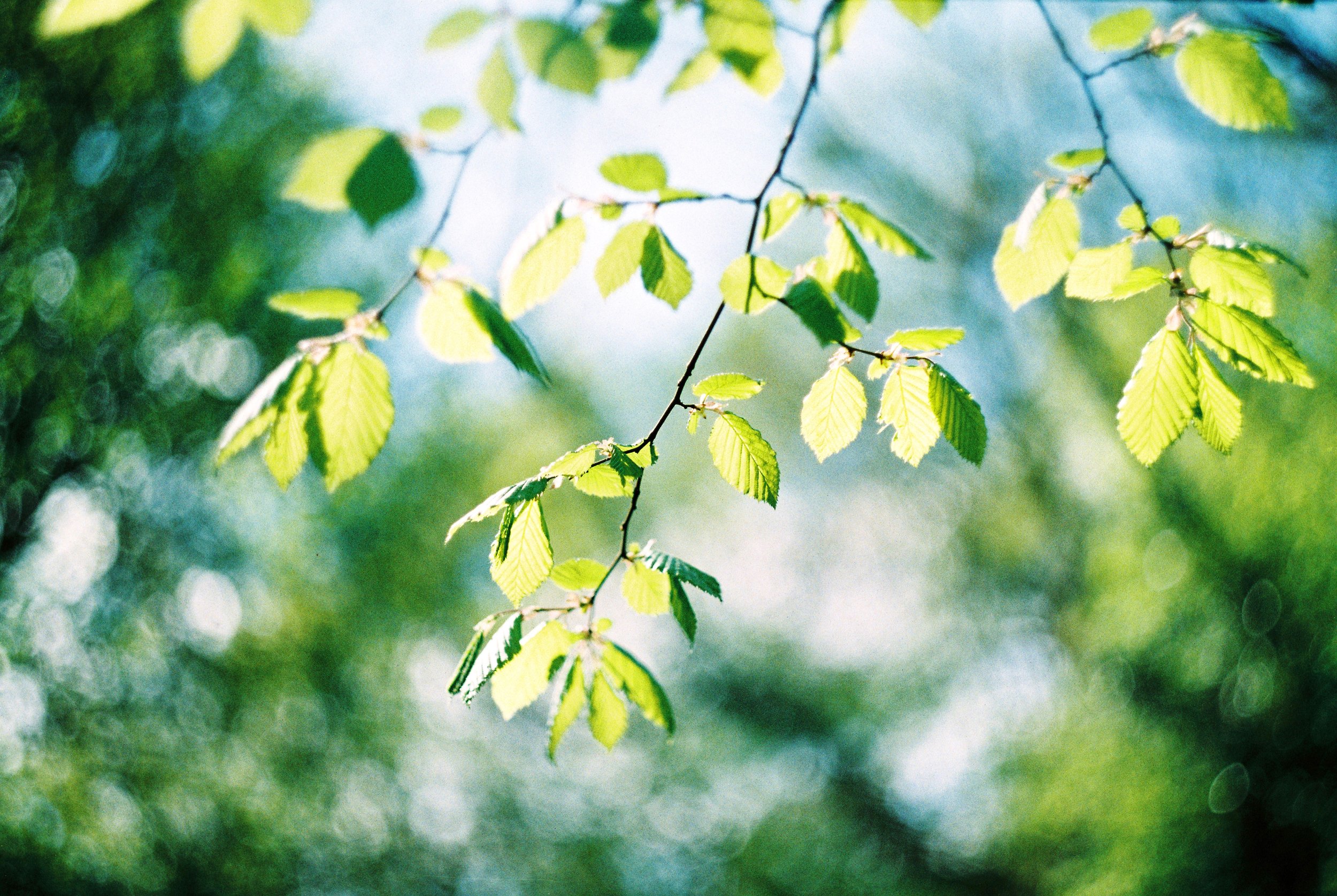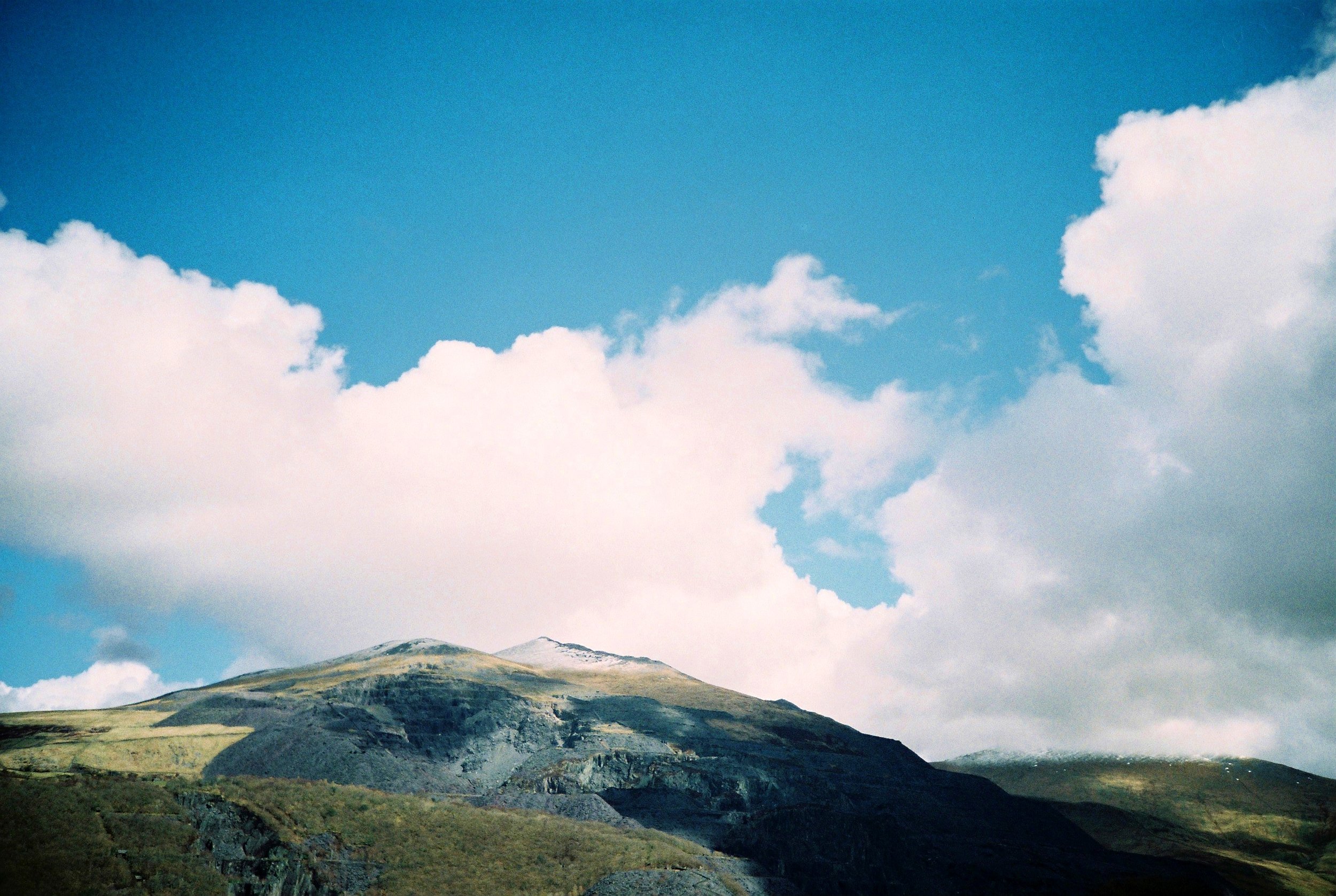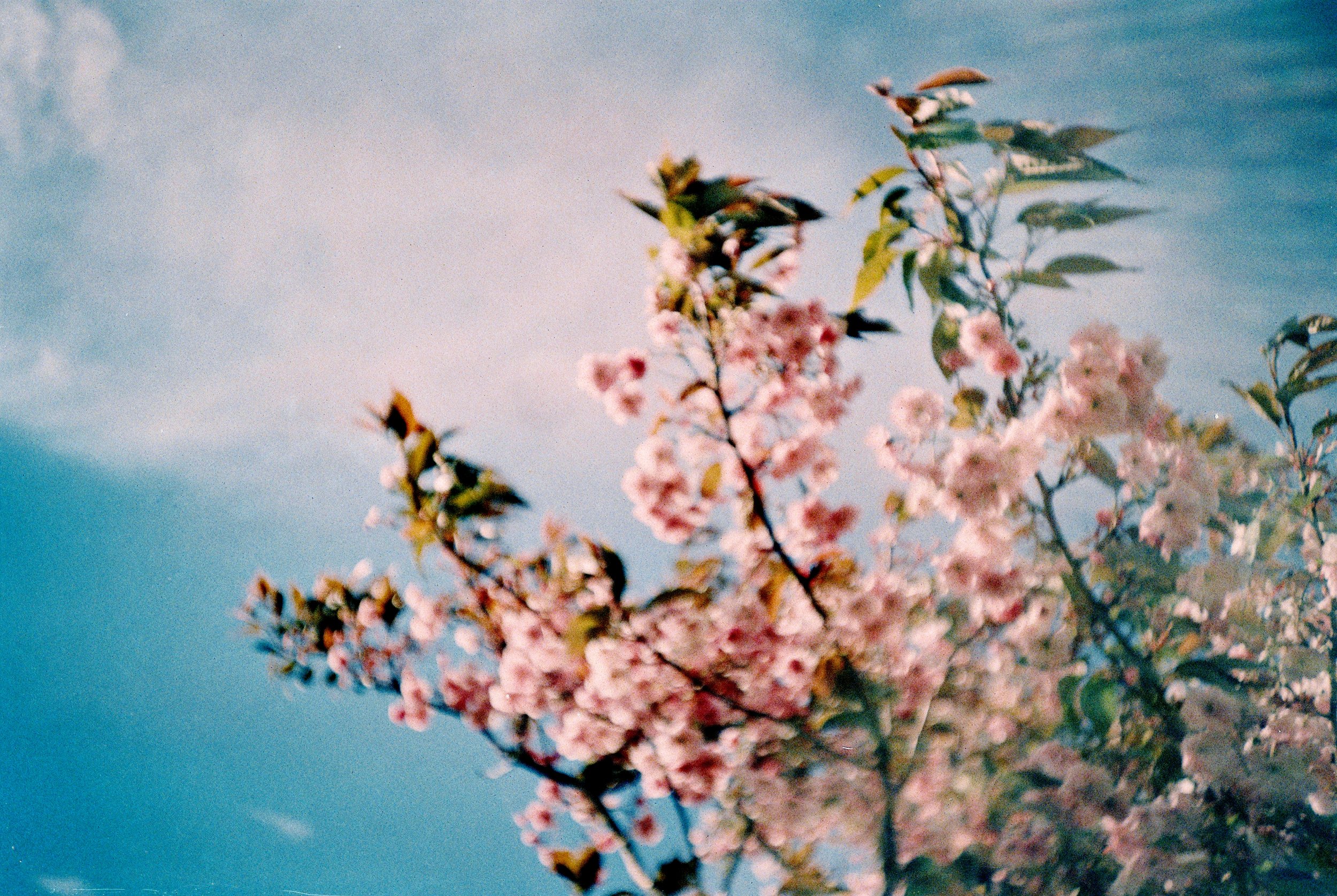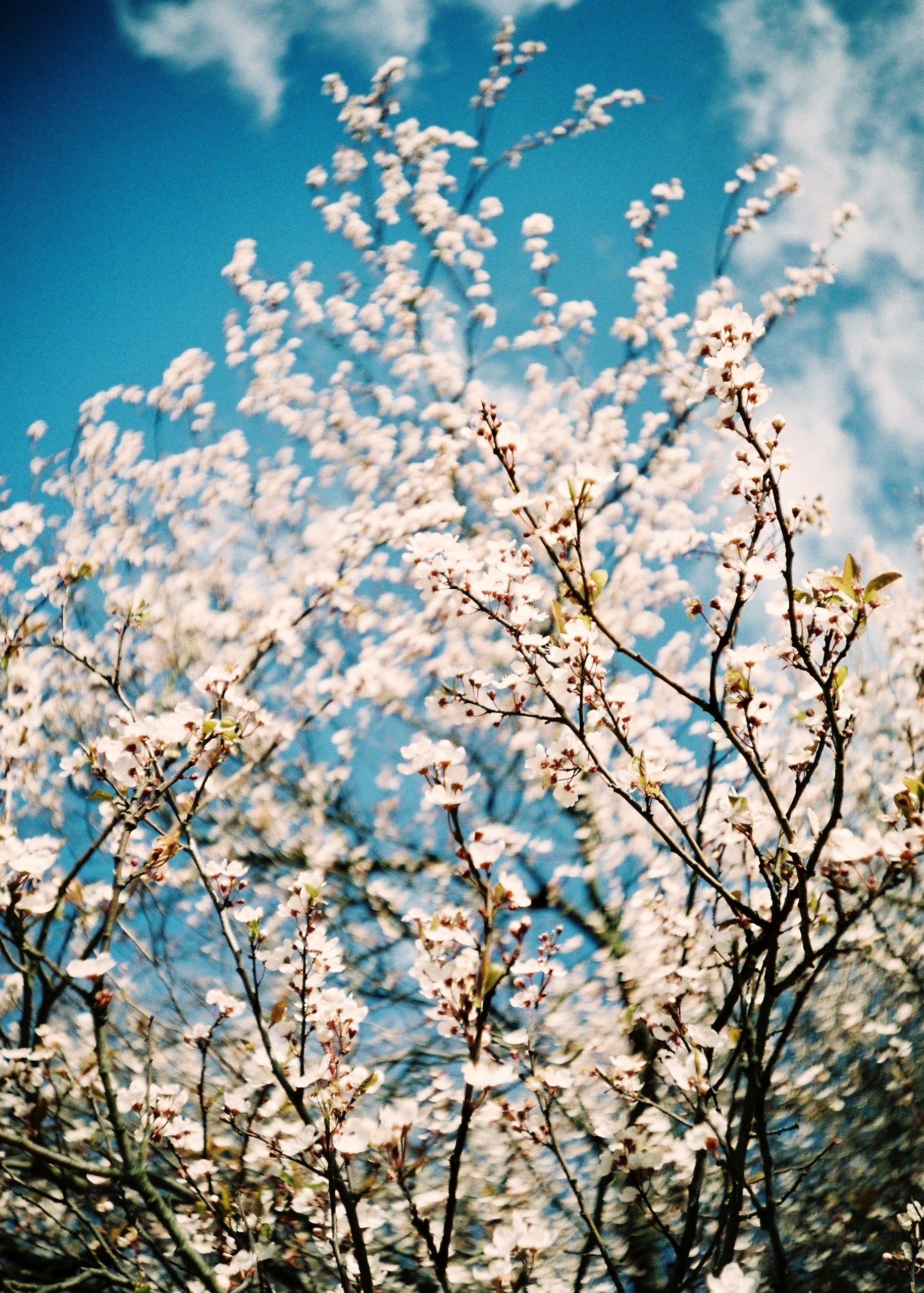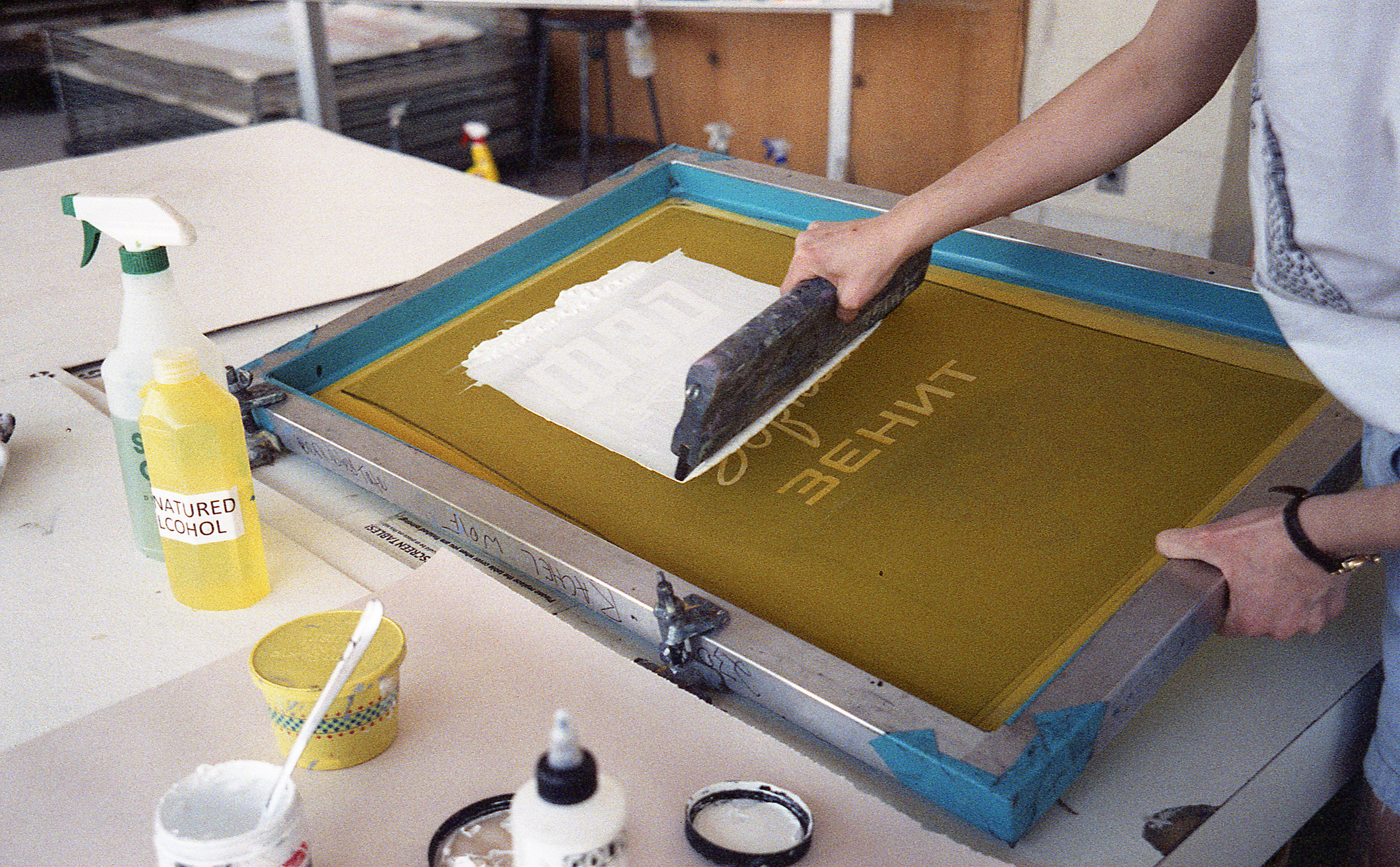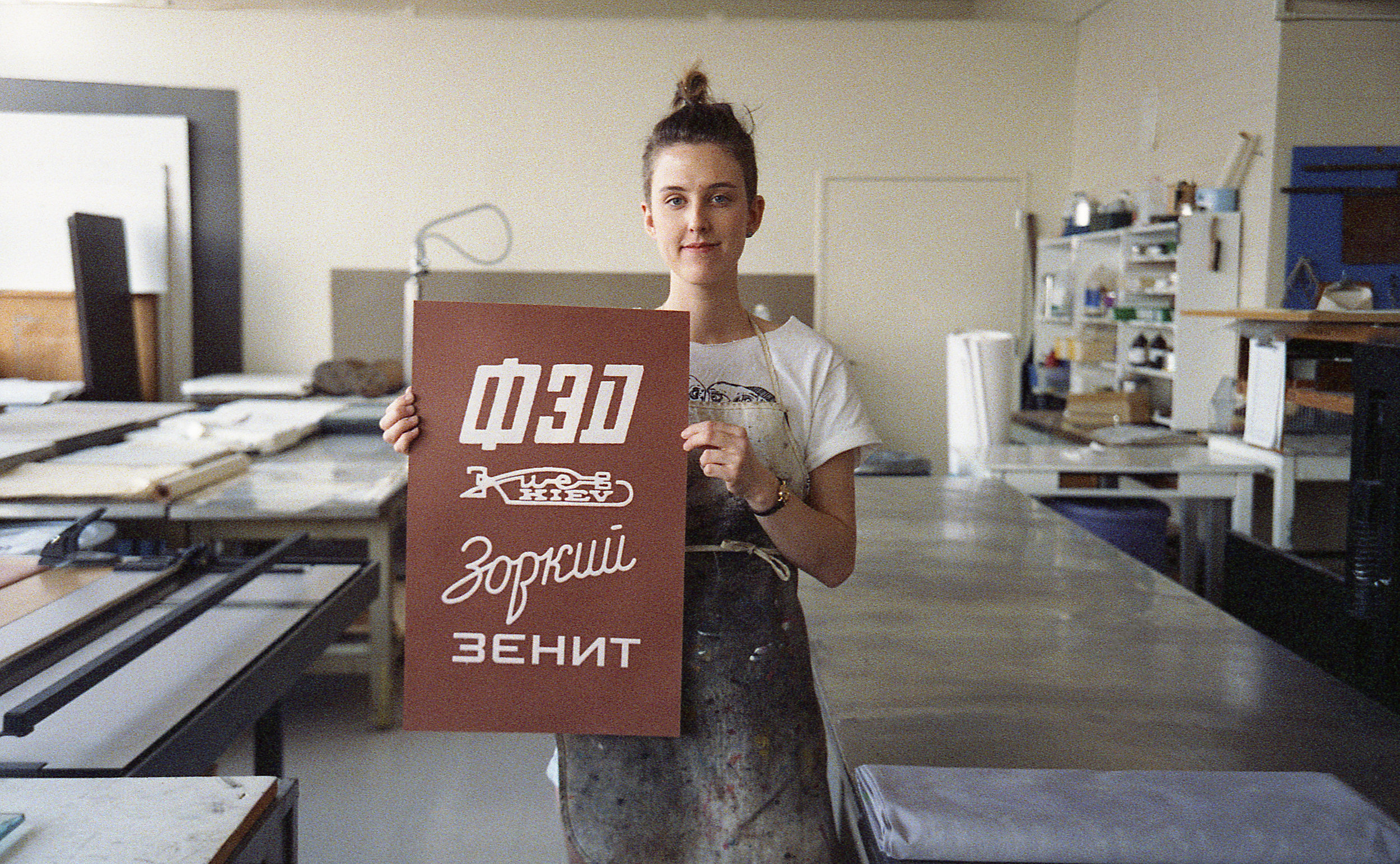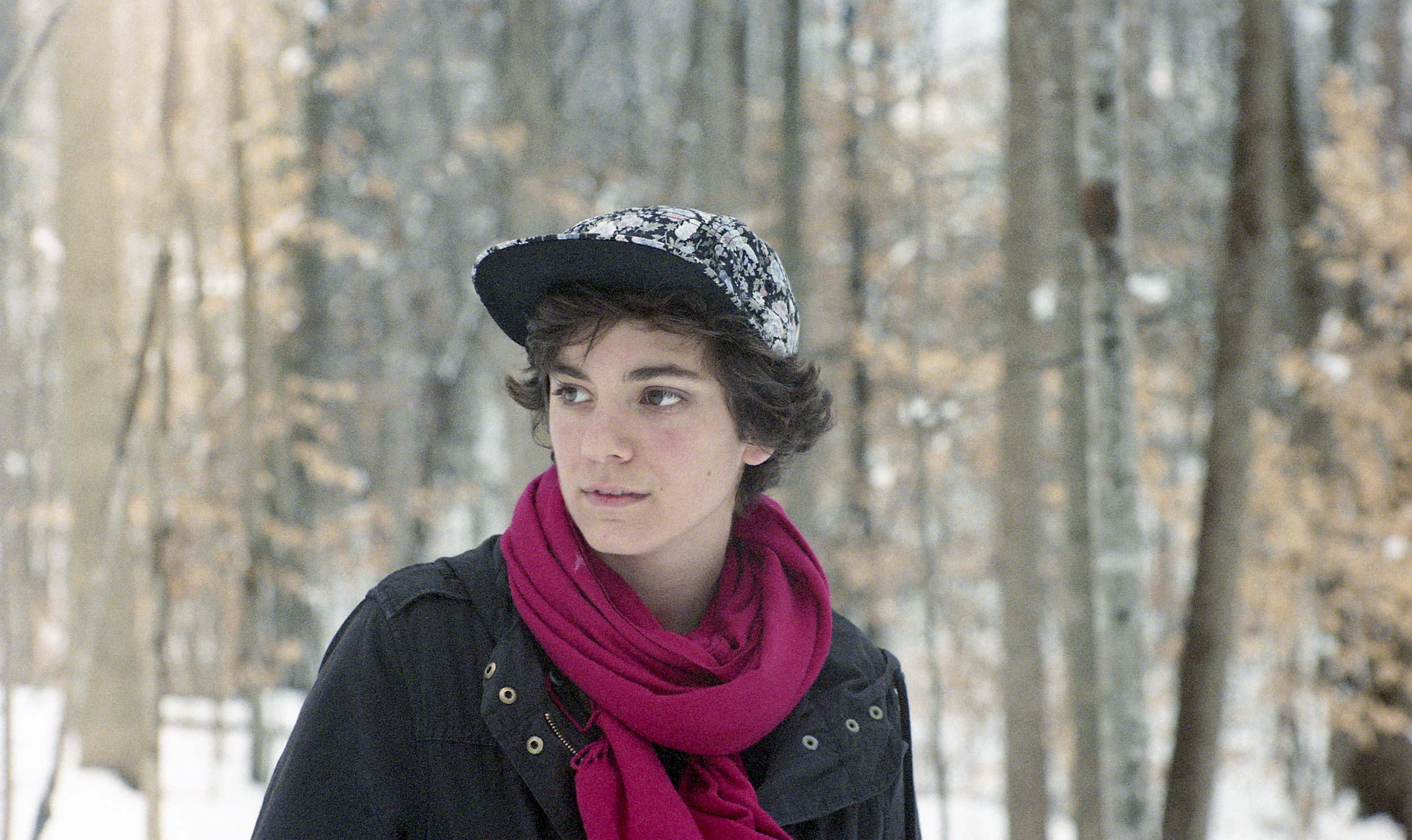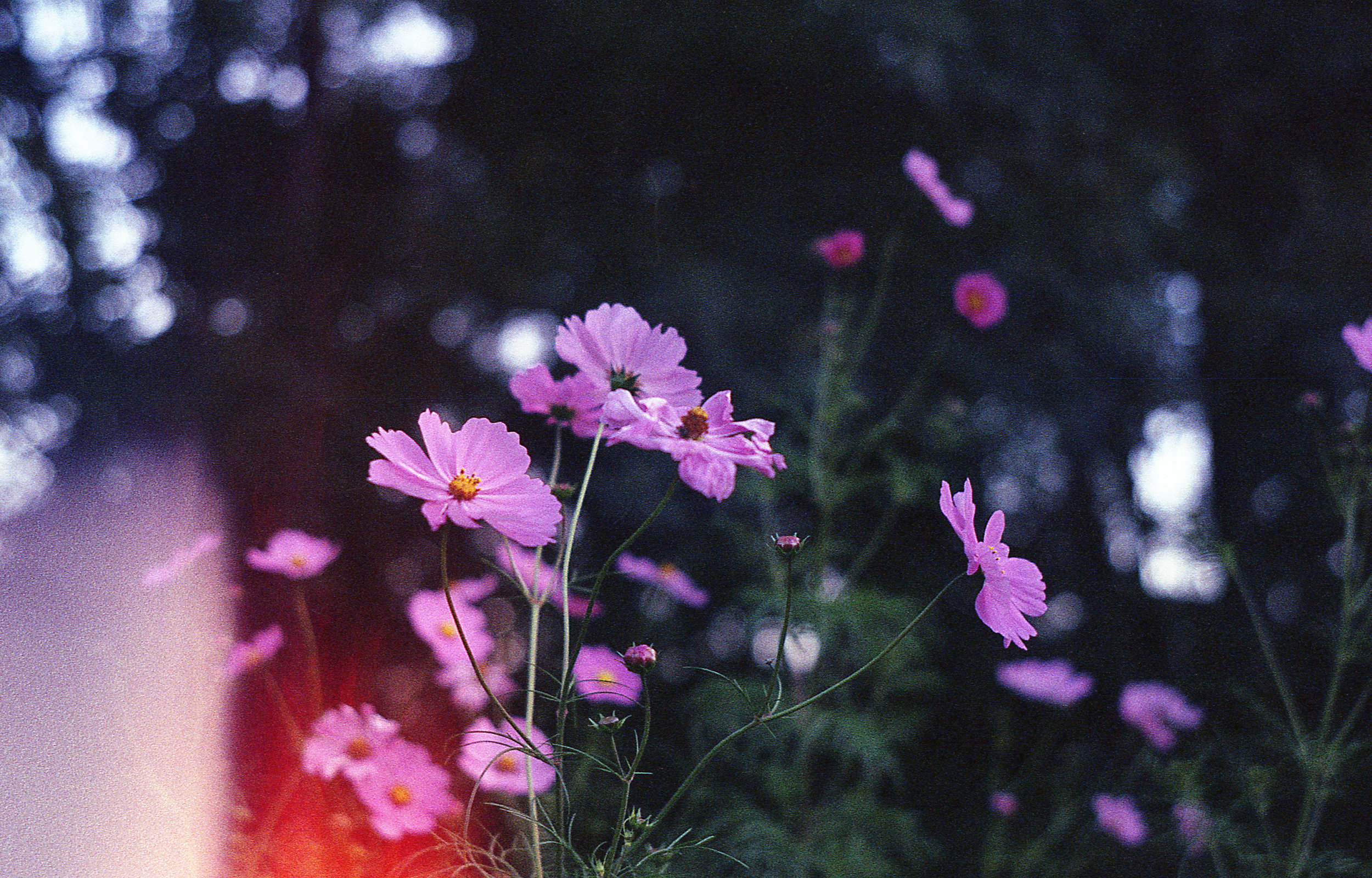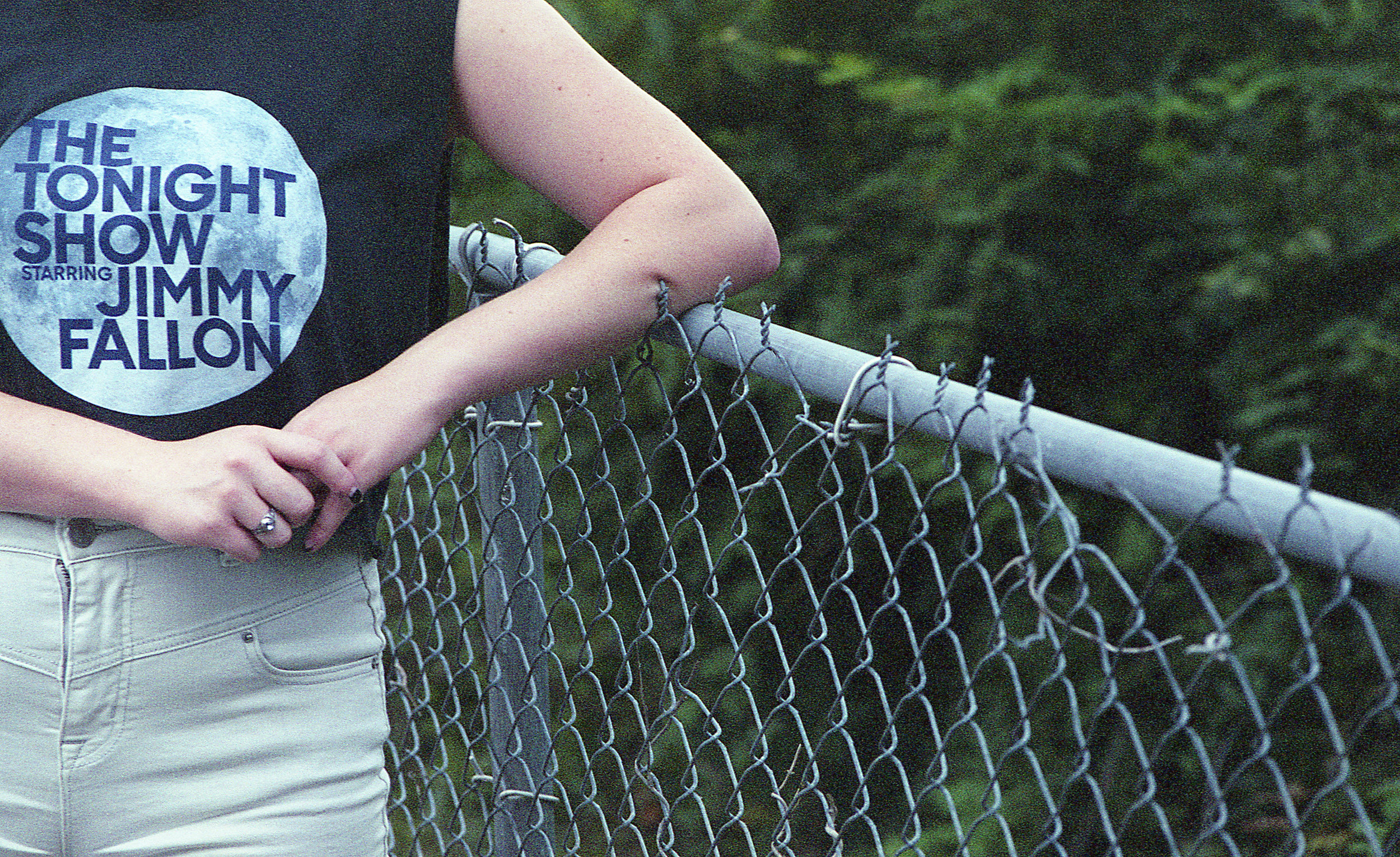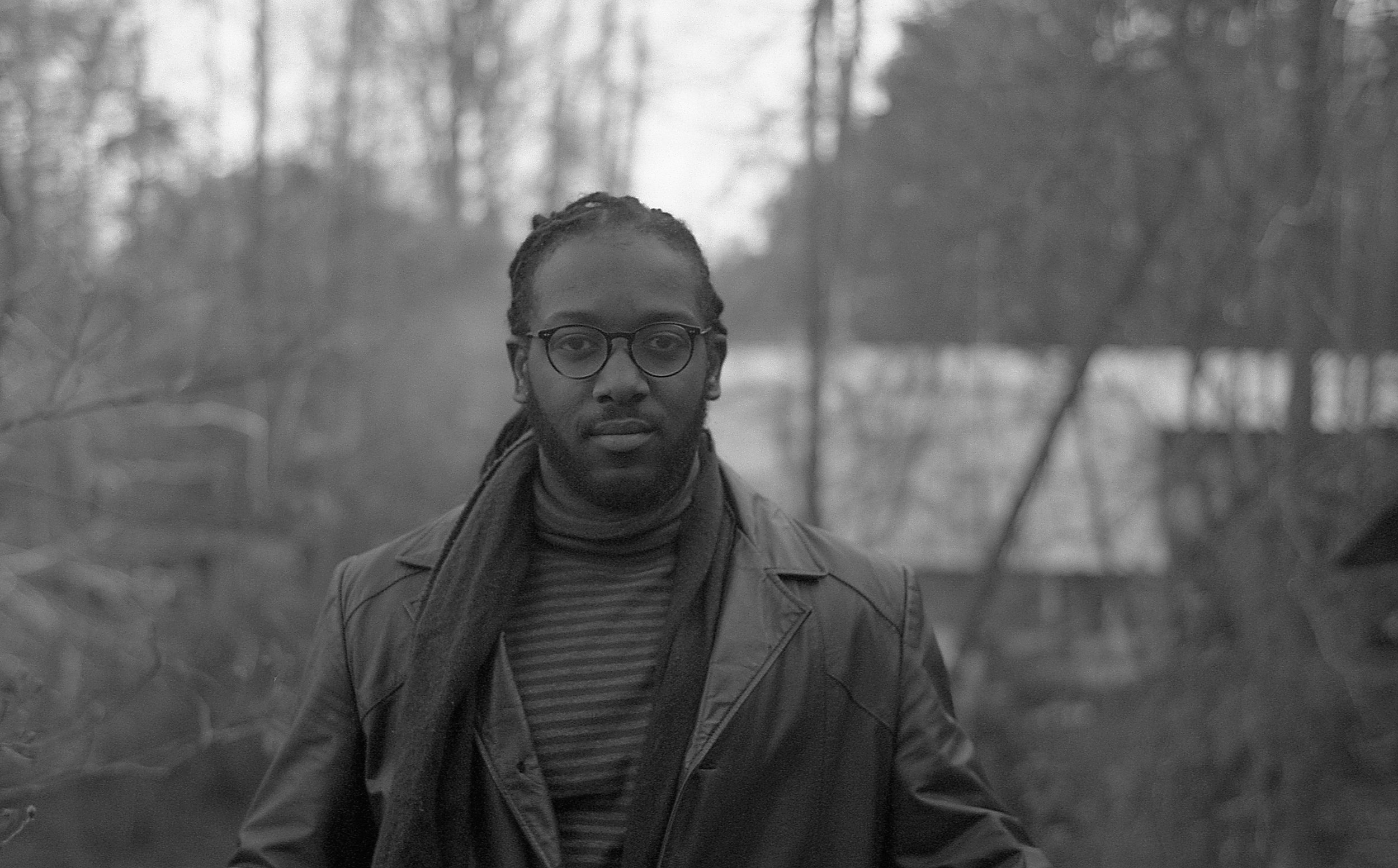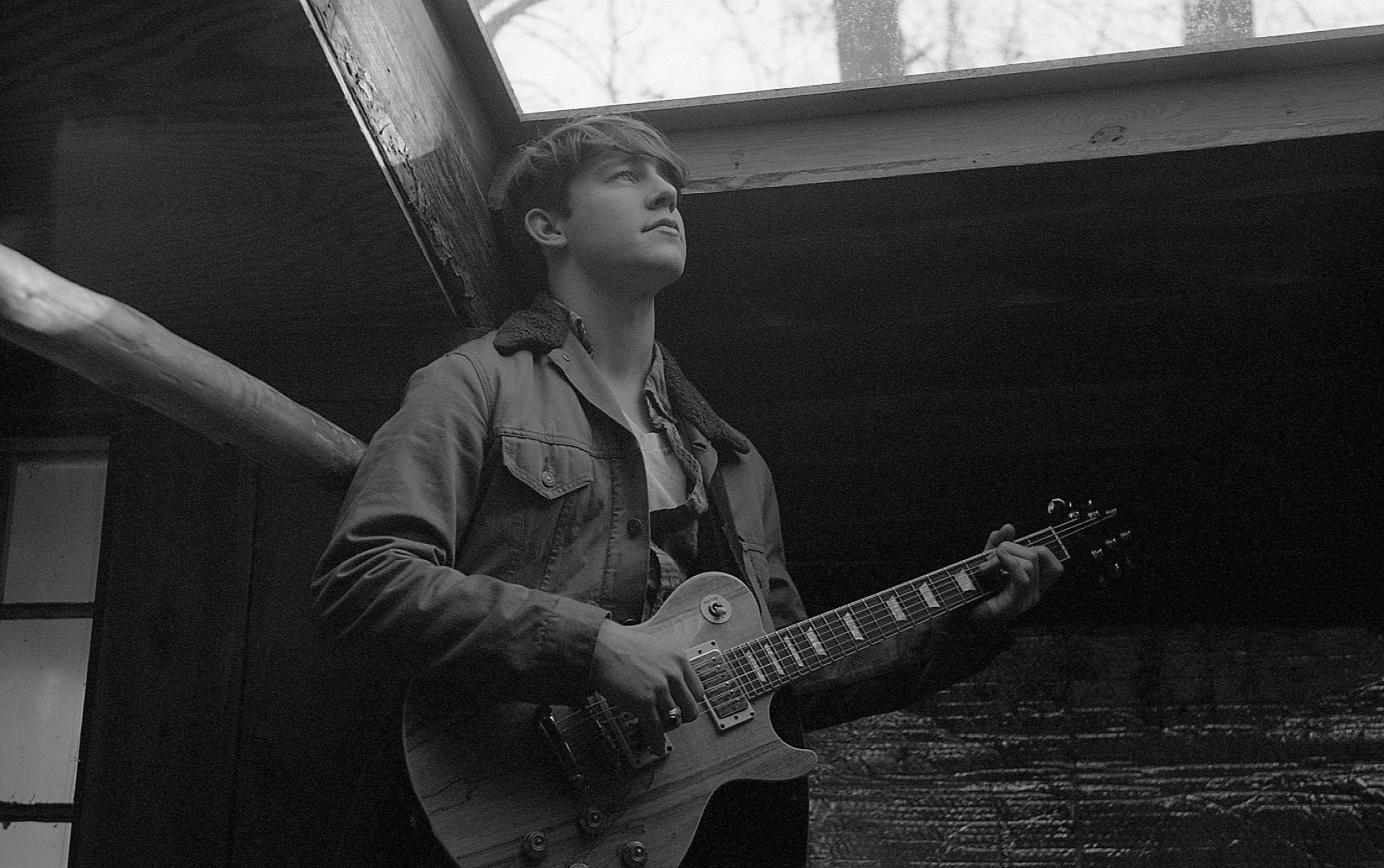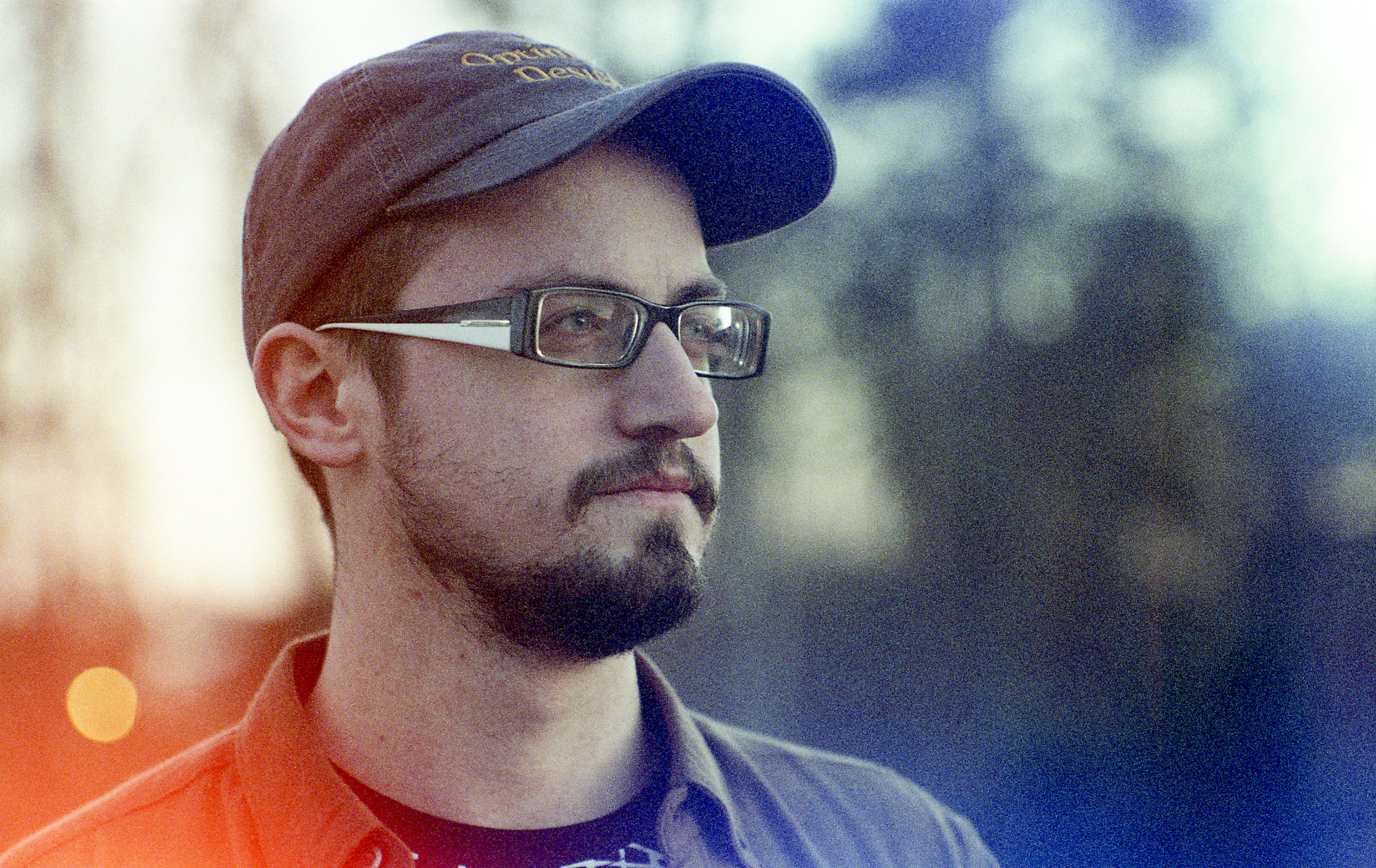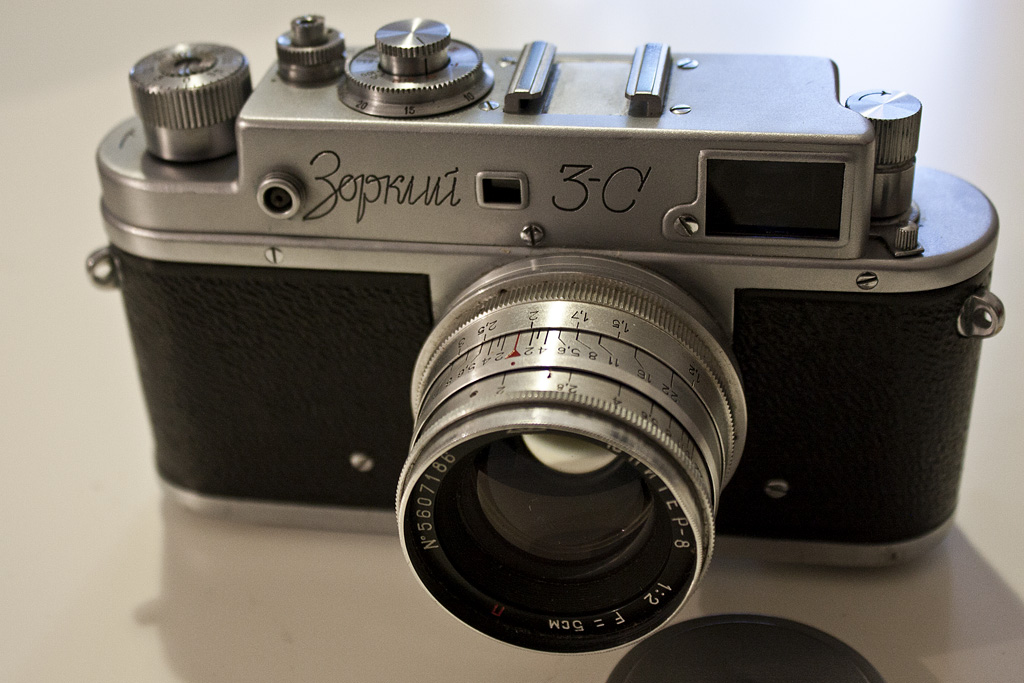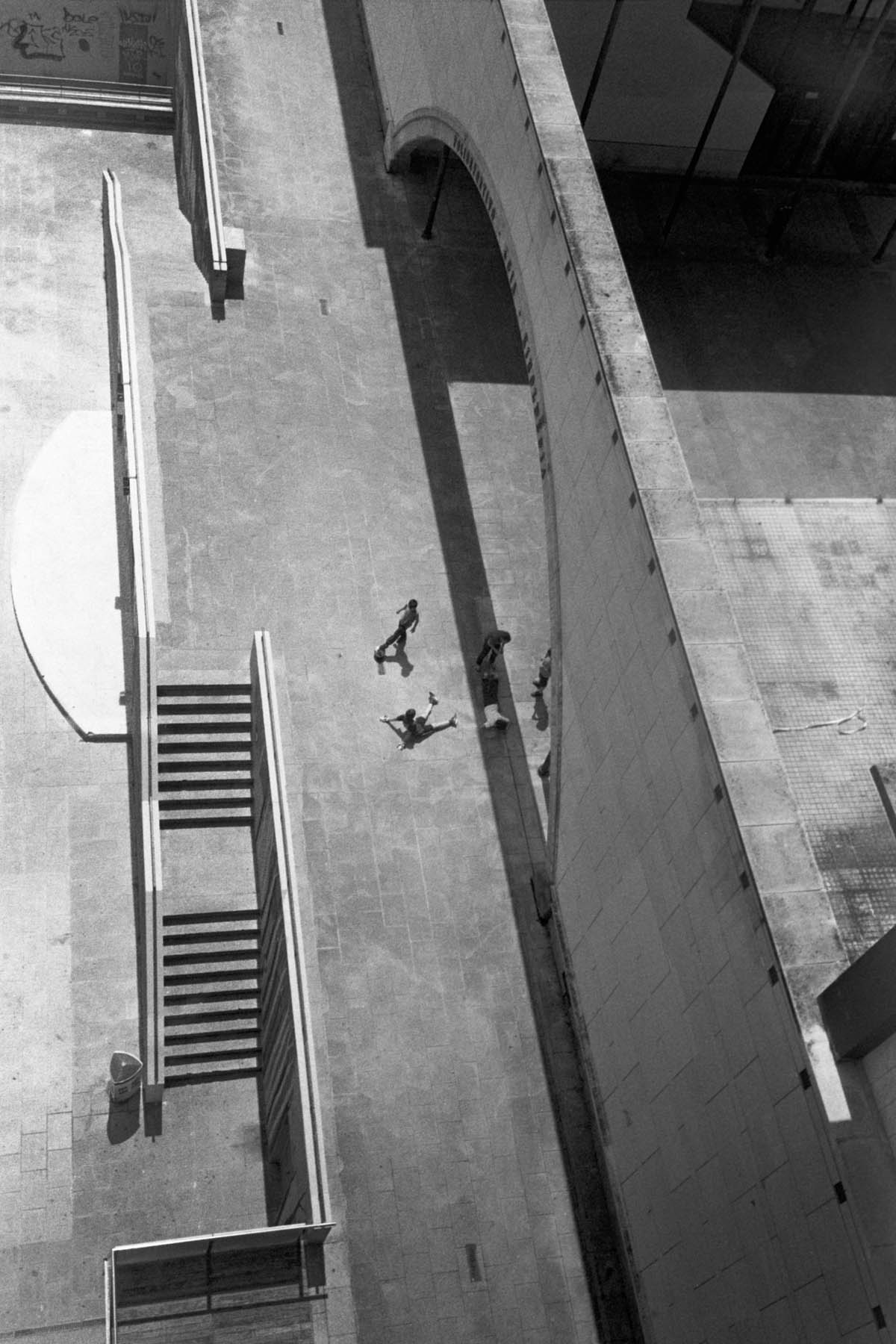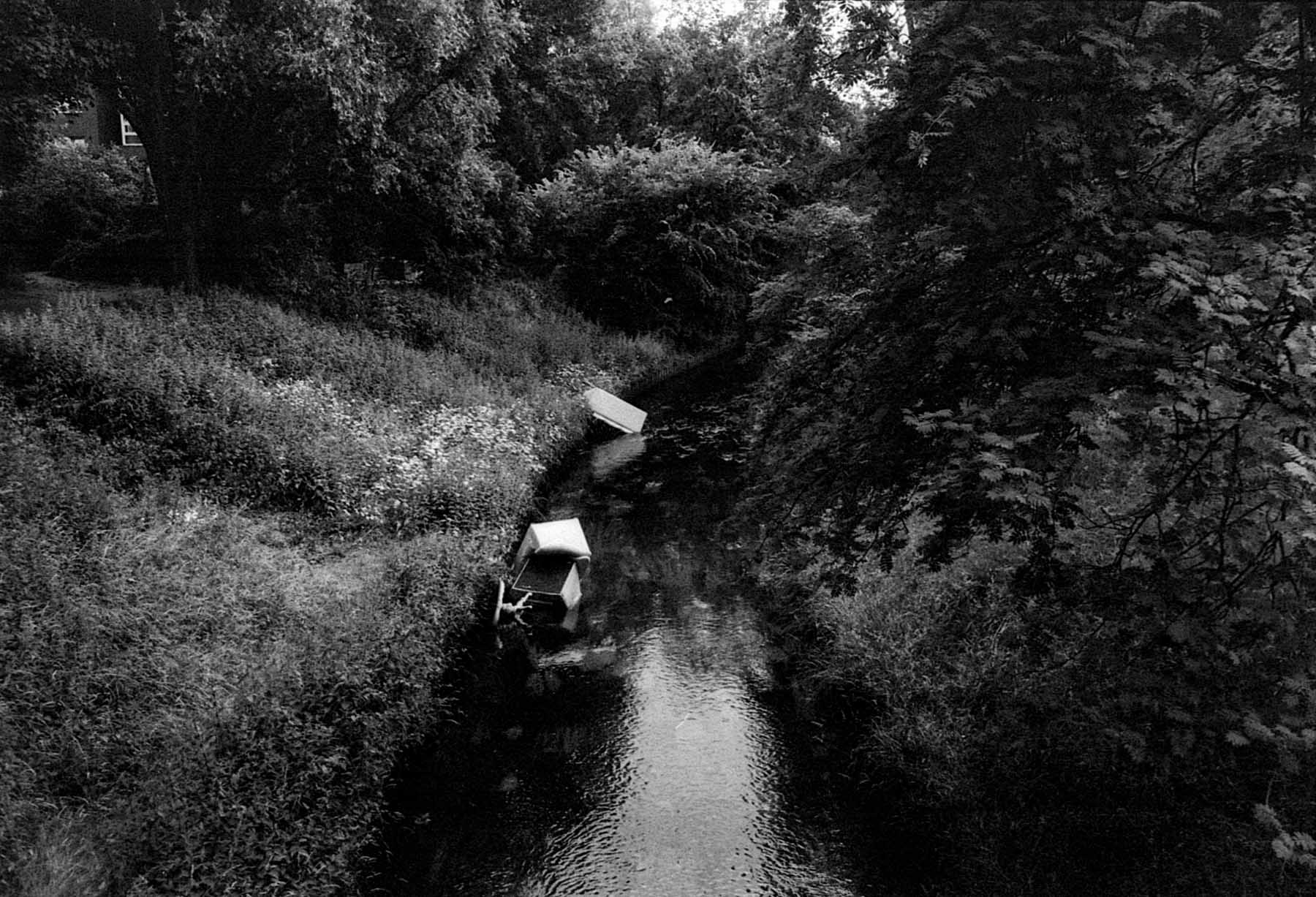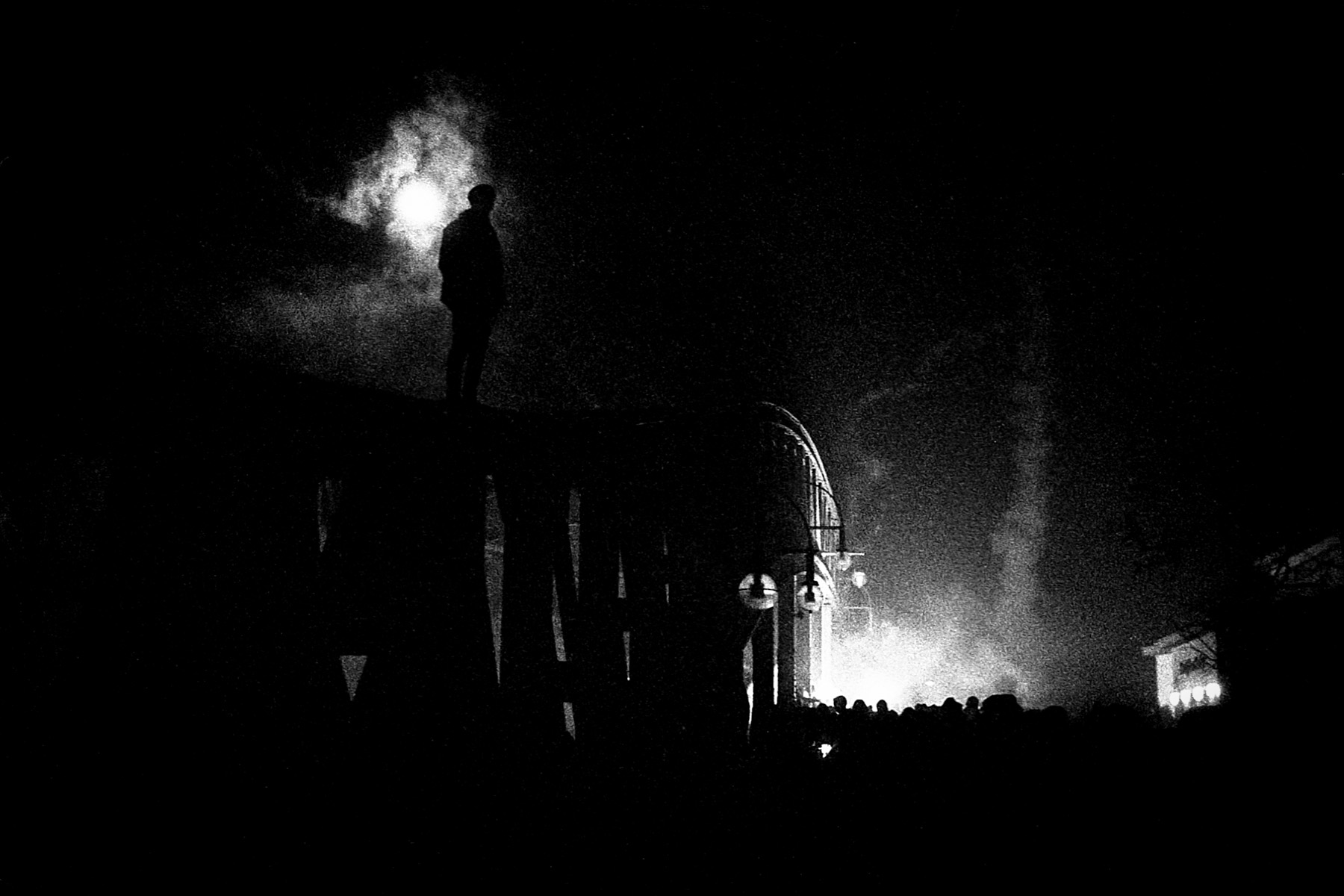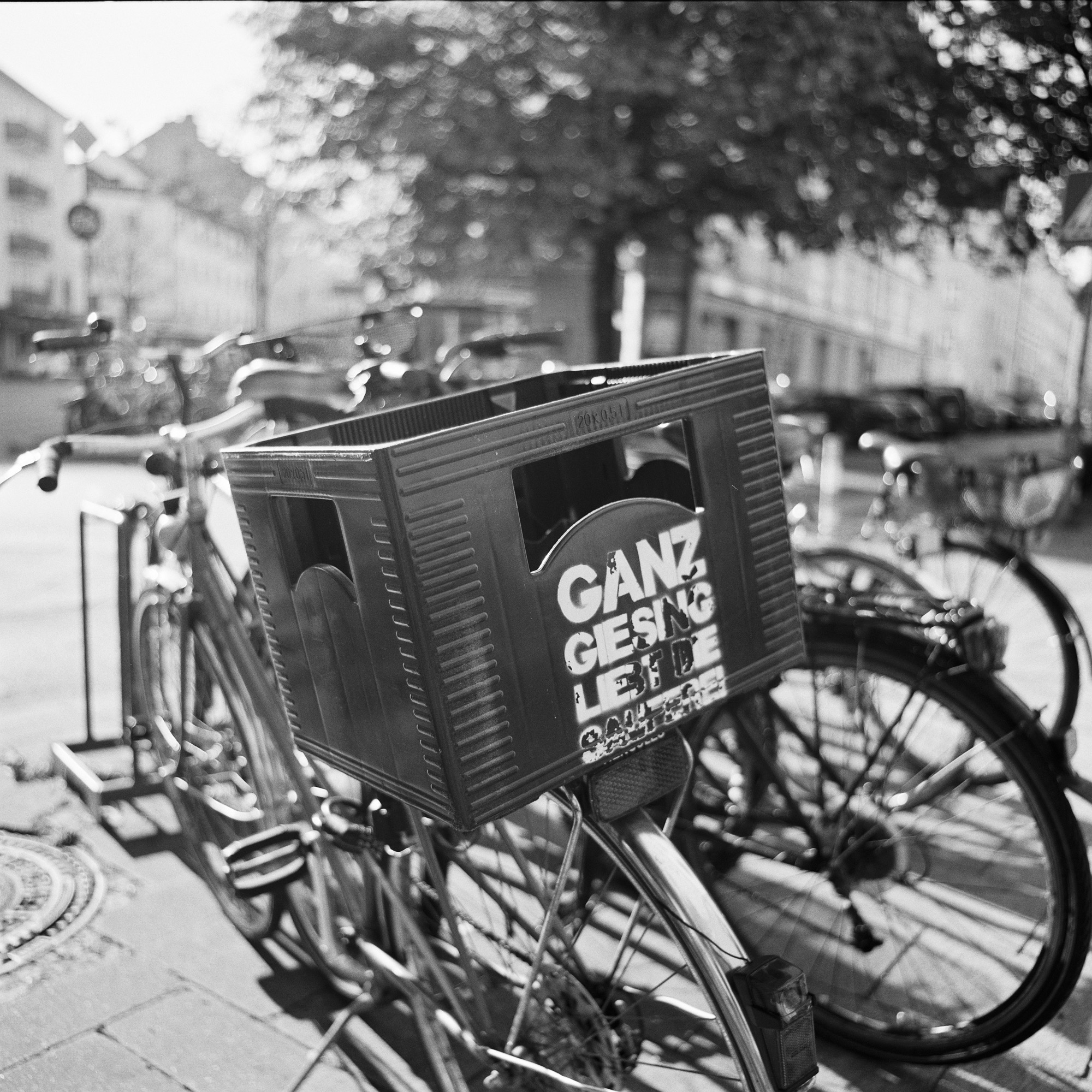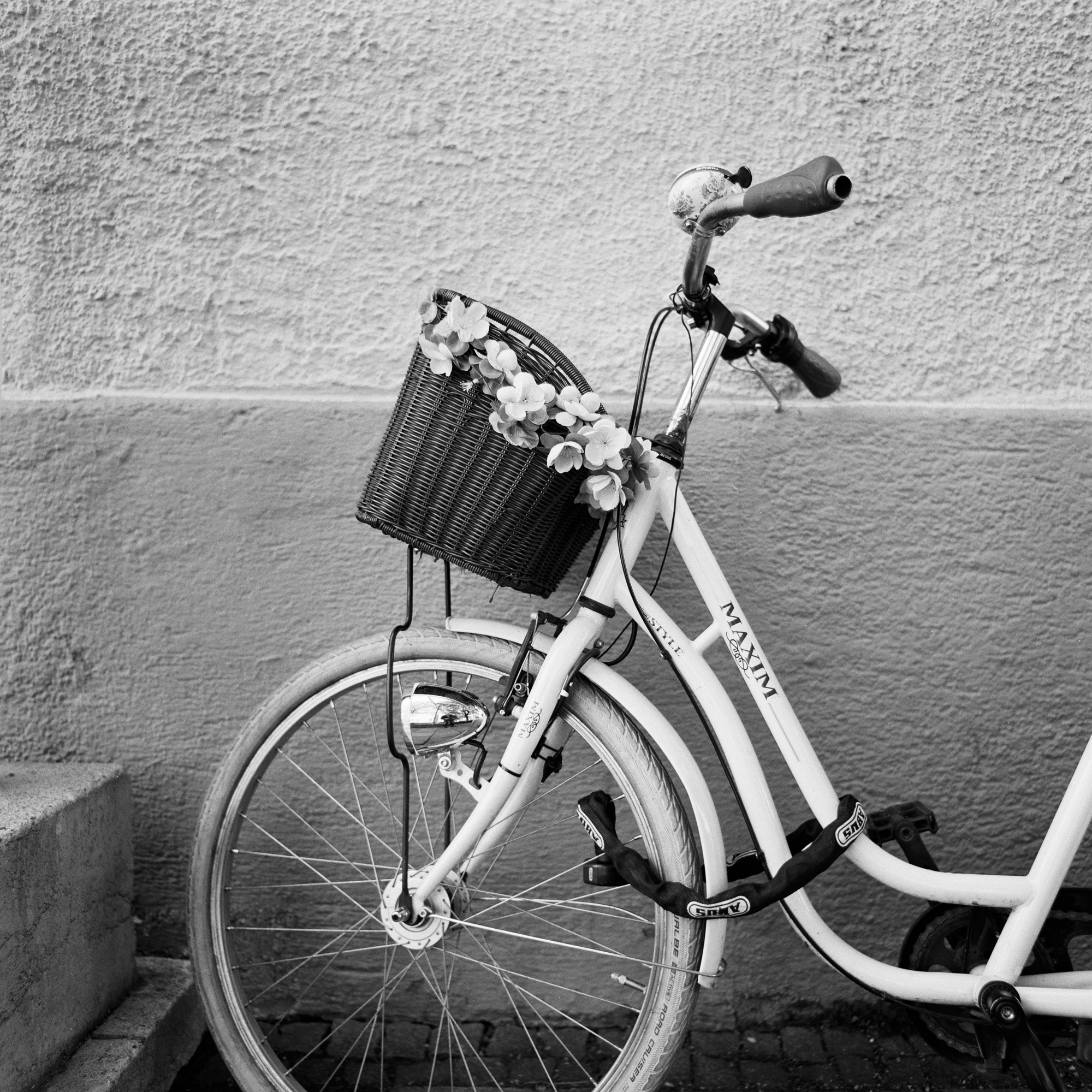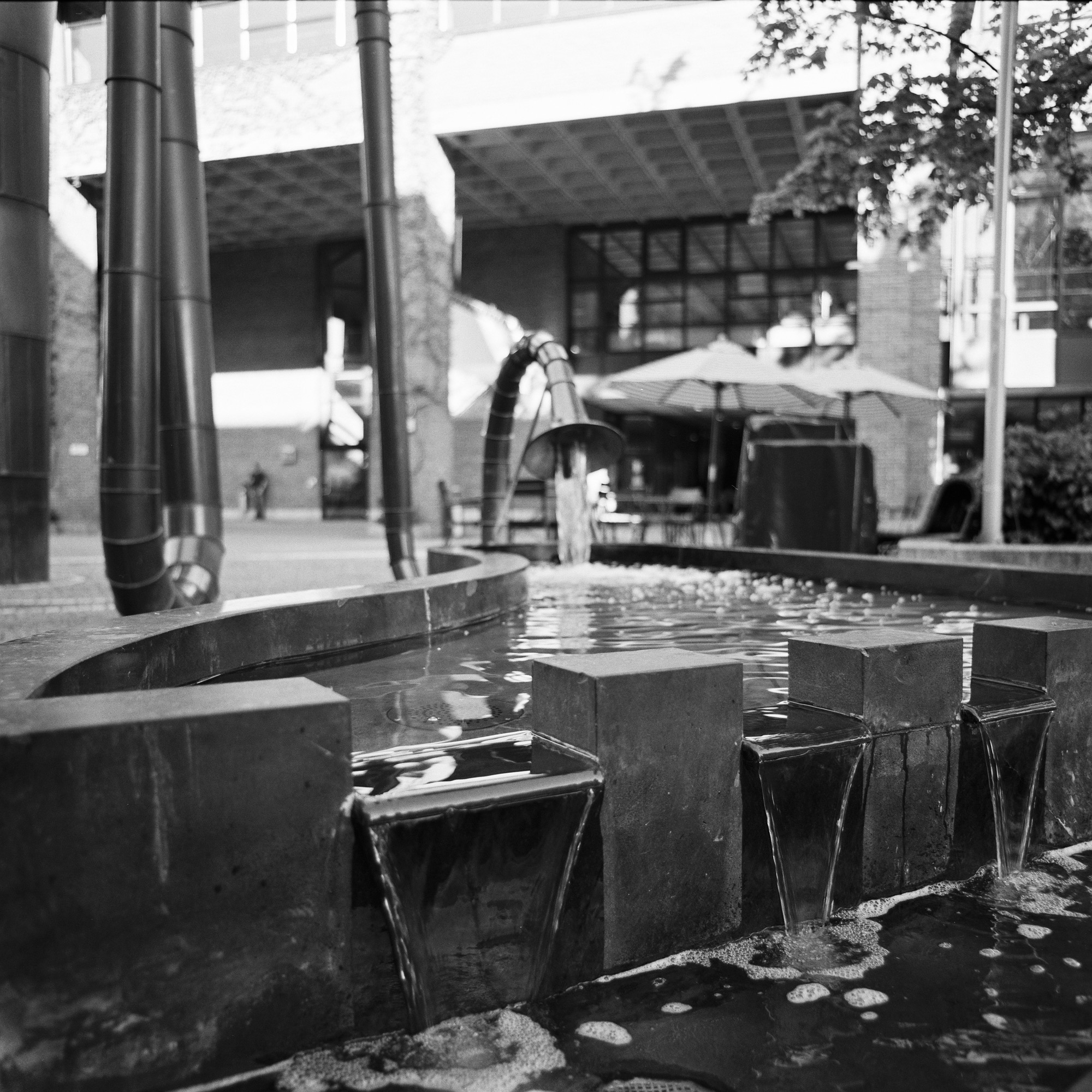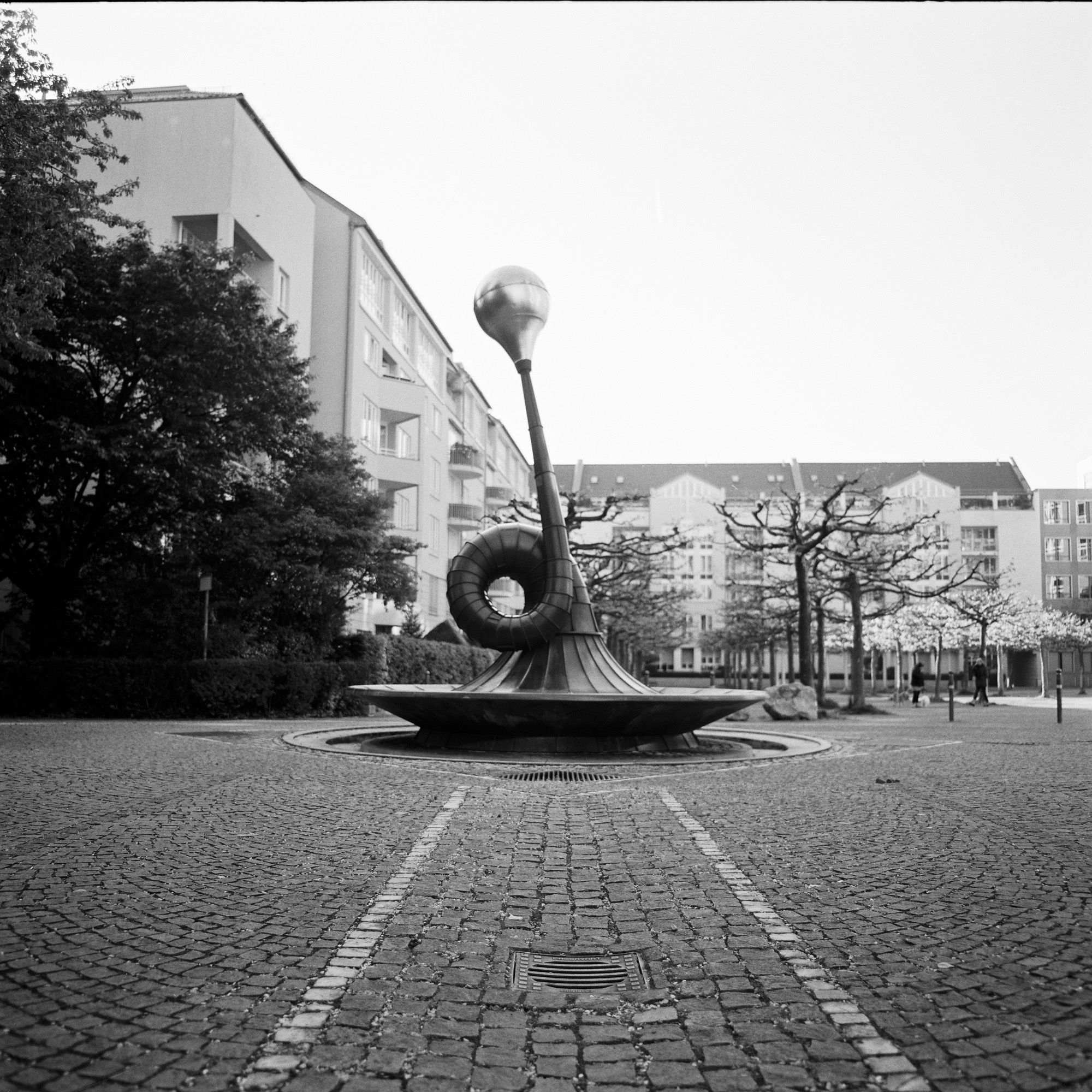In honor of Red Oktober, some of our members submitted work from their favorite FSU cameras!
BRIAN RICHMAN
This shot is of a bike that caught my eye on the Court House Square in Denton, Texas. The bell on the handlebar made me smile. It won a Honorable Mention in the Business Council for the Arts of Noth Texas contest in 2014.
The camera was my old Kiev 88, with the regular old 80mm f/2.8 lens on it. The negative was processed in D76, scanned and post processed to adjust contrast and dust spotted in Photoshop CS6.
One thing that I do think was in real need of fixing with this design is the film advance knob. The original design is a heavy and hard to turn one. You need some real muscle to make it in one go and while there is an "alternative" method where you also turn the camera body as you wind, compared to other designs, it take a lot of effort. Did I also mention it can take some skin off with it as it turns and then there are the sharp edges to the body. OUCH. While it's not really a great recommendation for a camera, should you ever find yourself in a fight when this camera is in your hands, you have a real weapon with you; Heavy and metal that won't dent.
Yes, the Kiev 88 is a really heavy lump of cast steel and iron with almost no plastic to it. The inside gear mechanisms are over complex for what they are, but despite that or perhaps in spite of that, it works. Just don't break anything inside as spares are almost impossible to get and very few repair shops have the skills or knowledge to repair them now. That said, the lens delivers outstanding contrast and bokeh, true to the Biotar design that those Russians copied it from.
HANS-PETER LINZ
You brought me back to film: A love letter to the Kiev III By Hans-Peter Linz I grew up with film photography – and I came back to film after the first wave of digitalmegapixelmania. When I started with film photography in the late 1970ies I had – and still have Nikon cameras. So a Nikon F2 with my first 35 mm 2.0 Ai Nikkor mounted on observed the scenery in our living room for years - unused. The Nikon was on top of a bookshelf, remembering the family of my heritage in film photography. But when I decided to go back to film photography – there was also some analog vintage eroticism in the process. An exotic and sexy camera triggered me: The Kiev III – built like a Russian tank, not expensive and equipped with some awesome Zeiss clone lenses. After the war the Russians relocated the Zeiss production plant in Jena to Kiev for reparation. So infact – the Kiev III is nothing less like a Contax, perhaps built from almost the same engineers – as many of the Zeiss staff was sent to Kiev too. I put my first roll in the camera and was fascinated: The Jupiter 35 mm lens was as sharp as a razor. Even the built in Selen light meter from the manufacturing year 1954 (according to the serial number) was still in a good working condition. So I shot a couple of rolls with the Kiev and found entirely back to film photography. The Kiev III and I – it was a short, but intense love affair. The sharp rangefinder eyepiece damaged my glasses after a while, and it was not so easy put a new roll of film in. So after all I came back to my old and first love, the Nikons. But I will never forget the time with my Russian camera, which took wonderful photos.
Lucy Wainwright
Sam Margulis
What to say about a Fed-2 with a collapsing lens?
It makes lovely swirlies.
…and it is green.
That is all.
Adrian Gilliam
I really love my former Soviet Union cameras because they were the first “real” cameras I could afford to buy for myself. They’re capable cameras if you’re patient with them and don’t mind their quirks; some may call them flaws, but I like to think of these cameras as having intense “personalities” that show through their unique characteristics. Take the Helios-44 and Helios-40 lenses and their swirly bokeh, for instance. Also, not only are they affordable, but most aren’t collectible, which means I feel no guilt ripping the leatherette off of a Zorki-4K and replacing it with a much nicer leather skin from a place like Aki-Asahi. In terms of manual camera gear, there’s not a lot more manual-feeling to shoot than an FSU camera. They’re basically hunks of metal that hold a lens in the right spot and film where it belongs, more or less (although isn’t that most cameras?). They’re cheap, they’re unique, and there’s plenty of them. What more do you want?
Lilly Schwartz
When I started my journey into film photography I bought a couple of Zorkis, because those were soviet copies of one of the older Leicas. I really wanted a real Leica, but at the time I couldn’t afford one, so I thought a Zorki would be close enough. I bought a Zorki 3C first and later on moved to a Zorki 4K which has film forwarding lever rather than a dial. A Zorki is a quirky beast with the most awkward shutter noise. Something between torn jeans and a metal saw.
The first thing I had to do after getting the cameras was to repair them, because the shutters of these cameras are incredibly easy to break: It’s enough to forget to cock the shutter before setting the speed and the shutter is stuck. Also, they tend to tear film if it is thin. You will be fine with HP5+ or Tri-X, but Kentmere might turn into a scratched mess occasionally. And this happens even more often when it’s cold outside.
Despite these quirks, Zorkis can even produce great image quality if you’re lucky with the lens. The quality control was shoddy, so the sharpness of the lens probably has a certain relationship with the size of the vodka ration on the day that it was produced - my Jupiter 8 50mm lens definitely is a misaligned mess. However, my Jupiter 12 35mm lens is really surprisingly good. I definitely loved my little Zorki beasts. Like any good soviet product these cameras aren’t really very user friendly and have their quirks, but they are built like tanks, last forever and generally do the job they are meant to do. And they definitely are pretty too!
Urban Hafner
The Pentacon Six is a medium format (6x6) SLR that was produced in the former GDR (East Germany). It is fairly compact, can still be repaired (as it’s fully mechanical) and super cheap. A wide range of Carl Zeiss Jena lenses was produced, ranging from a 50mm wide angle (my personal favourite), through the amazing 180mm Sonnar and up to the crazy big 1000mm f/5.6. These days it is my go to camera and I’m super happy with it, although I wish that the focusing screen would be a bit brighter. You can read a great review over on the site of FSC member Gabór.
Greg Williamson
The Lubitel is a Soviet TLR made by LOMO. I bought mine new in 1987 but never used it until 2006. It’s the camera that got me back into film after a brief venture into digital. Radial blur, flares… I should use it more.
Dancers
The Holga 120 is a cheap Chinese camera with a lens like the bottom of a coke bottle, except that it’s a plastic coke bottle. It has two aperture settings that make no difference at all, zone focusing, and a simple B/N shutter switch. It suffers from every aberration known to optics, and has the added bonus that the back falls off. Gotta love it.
Red Dress
Kelly-Shane Fuller
No single group of cameras have more character than the cameras that came out of the Communist countries in the 50s. They have their own quirks and oddities, no two alike yet somehow you quickly fall in love with every one for it's own oddities. Like the Exakta V. It's left handed, the shutter on the left, you focus with your right, it feels totally alien... Or the Zorki-S. A bizarro-world cousin to the Leica it tries so hard to copy.
Svema Color 125 | Exacta V




